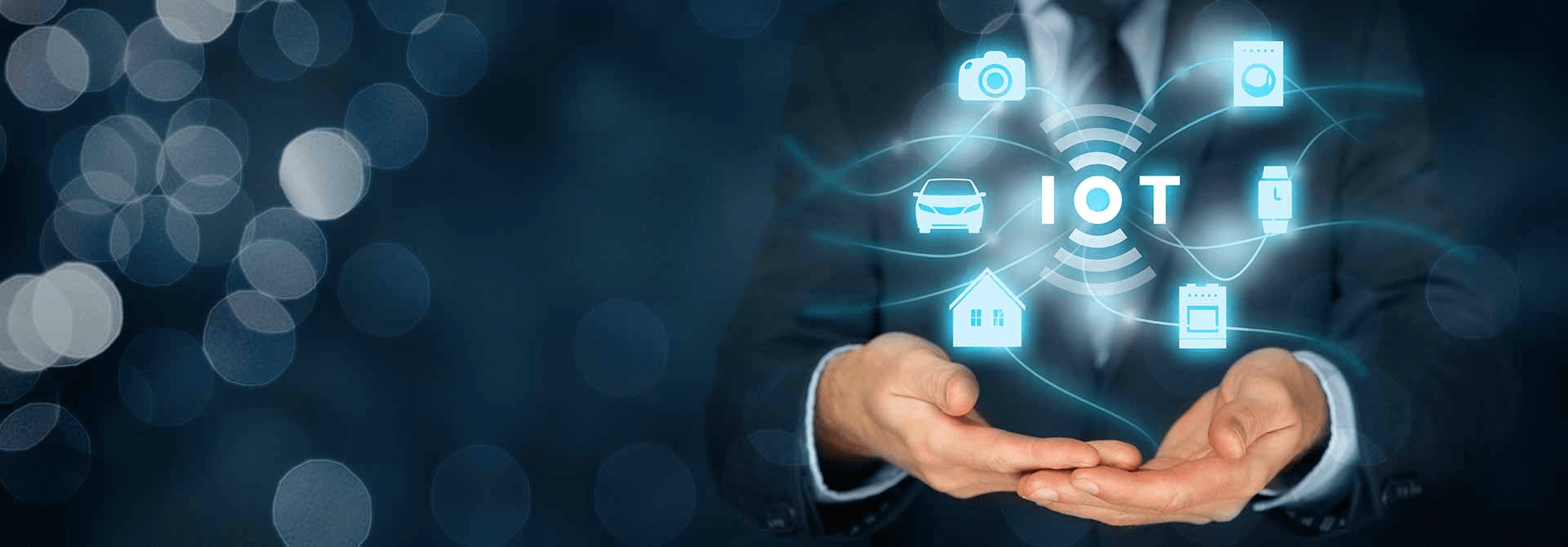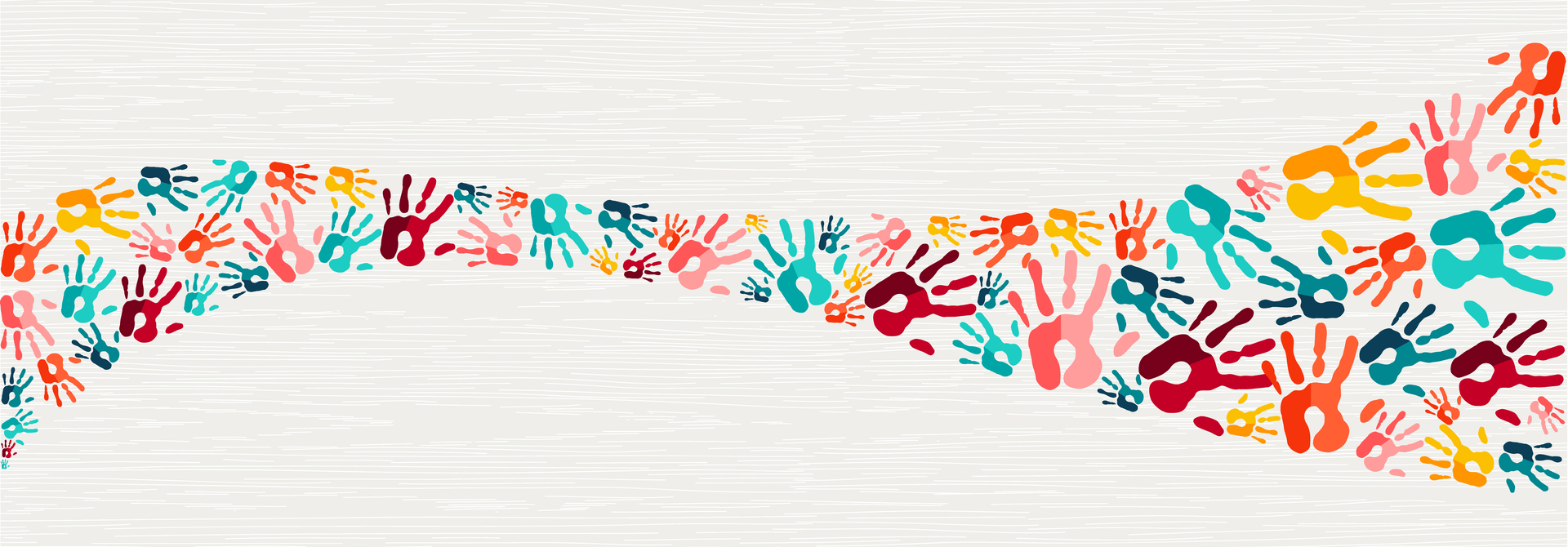Home > Blogs > IOT – Possible uses to make our life easy
IOT – Possible uses to make our life easy

The Internet of Things may be a hot topic in the industry but it’s not a new concept. In the early 2000’s, Kevin Ashton was laying the groundwork for what would become the Internet of Things (IoT) at MIT’s AutoID Lab. Ashton was one of the pioneers who conceived this notion as he searched for ways that Proctor & Gamble could improve its business by linking RFID information to the Internet.
At a very basic level, “Internet of Things” means devices that can sense aspects of the real world — like temperature, lighting, the presence or absence of people or objects, etc. — and report that real-world data, or act on it. Instead of most data on the Internet being produced and consumed by people (text, audio, video), more and more information would be produced and consumed by machines, communicating among themselves to (hopefully) improve the quality of our lives.
IOT describes a system where items in the physical world, and sensors within or attached to these items, are connected to the Internet via wireless and wired Internet connections. These sensors can use various types of local area connections such as RFID, NFC, Wi-Fi, Bluetooth, and ZigBee. Sensors can also have wide area connectivity such as GSM, GPRS, 3G, and LTE.
The classic example is a smart refrigerator that can read RFID tags on grocery items as they’re put inside, then look up those tags via the Internet to identify milk, eggs, butter, and those four frozen pizzas you just bought. The fridge tracks usage, then — cue trumpets! — alerts owners when they’re running out of groceries, or need more food since people are coming over to watch the game this weekend. (The fridge can tap into your calendar, of course). The refrigerator could even place a grocery order automatically (perhaps delivered via Amazon Fresh). Similarly, that smart fridge could warn about products nearing (or past) their expiration dates.
The Internet of Things concept lends itself to fantastic ideas. What if your house could save you effort by recognizing that you’re at a drugstore and automatically sending a list of things you need? Stuck out of town on a business trip? Tell your house to stay in vacation mode, turning lights on and off to make the place look lived-in, but not running up heating and cooling bills.
Device-to-device communication creates other possibilities. Simple motion sensors can detect people moving around the house, turning lights on and off, opening or closing blinds or drapes, or even adjusting the temperature. This functionality is already so refined that many sensors are reasonable “pet immune,” so dogs and cats don’t trigger automated functions.
If these “smart home” ideas seem familiar, it’s because many are on the market — they’re just not commonplace. One well-known example is the Nest thermostat (now owned by Google). It adjusts heating and cooling based on usage patterns and even billing rates and can be controlled from a mobile app. Similarly, smart appliances have been around for years, not just refrigerators, but washing machines, heating and cooling systems, lighting, and dishwashers too.
If there are so many smart devices, why aren’t we all living in the home of the future? From much other reason, one reason is that home appliances don’t turn over at the same rate as smartphones, tablets, or even PCs. People don’t replace refrigerators and other home appliances very quickly. Tablets may have killed off netbooks in just a few years, but it will take far longer for smart appliances to migrate into many people’s lives. Other Reason may be that the “Internet of Things” brings a multitude of privacy and security implications.
You can see many other Appliance like smart switch means you can control your bulb, Television, fan etc. with the help of smartphone via Wi-Fi or Bluetooth. According to me, we can use this IOT concept for the ambulance to reach the hospital as soon possible. if we make our ambulance smarter so that it can send its location and destination to nearby traffic police so that Traffic police make rout clear in advance and help to reach a destination on time.
Using Internet technology to make our homes and devices smarter is easy to understand, but is also a very large endeavor that will take a lot more time — after all, we’ve already been at it over a decade.


Anil Kumar
More blogs from Anil Kumar >